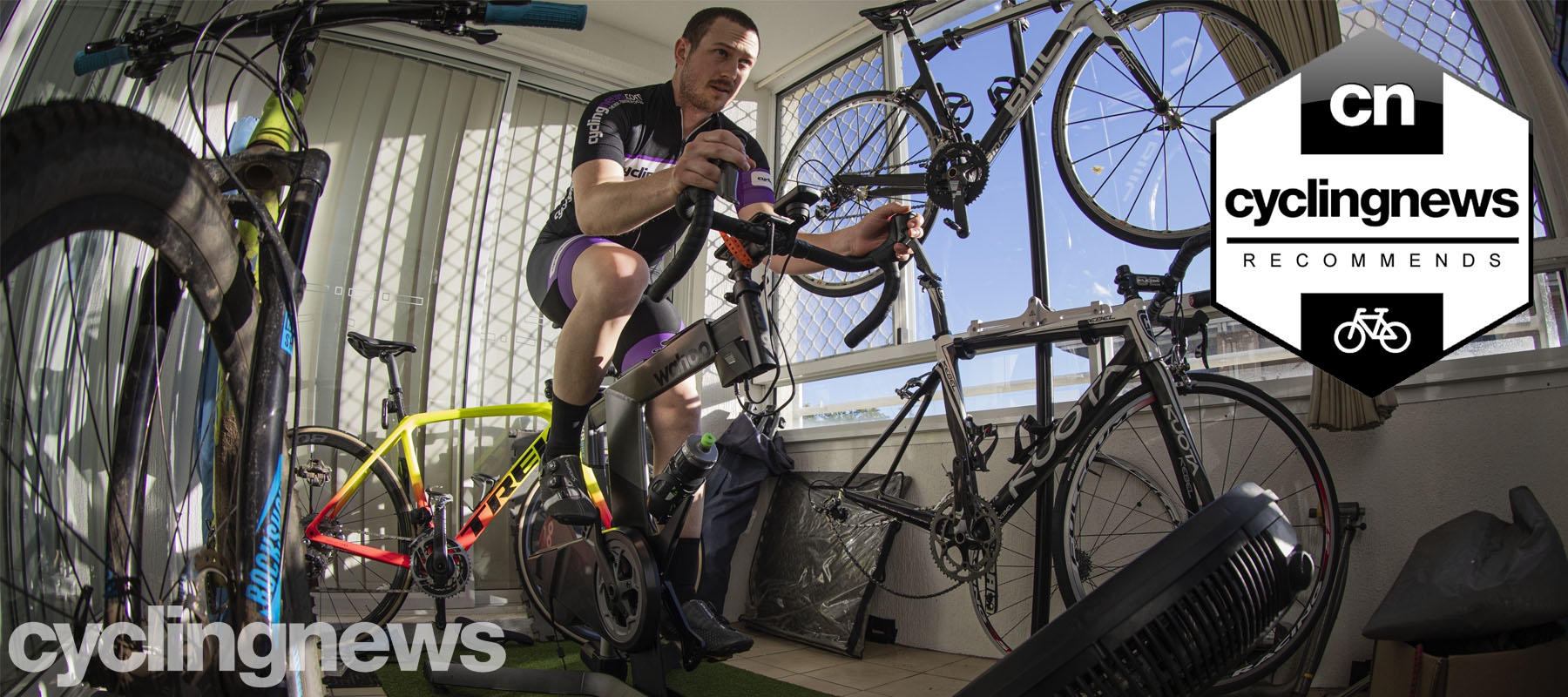Cyclingnews Verdict
The Wahoo Kickr bike provides one of the most engaging indoor riding experiences I've had to date. The ride feel and easy-fit process are top-notch but all this comes at a hefty cost
Pros
- +
The ride feel and new magnetic resistance unit
- +
Bluetooth and ANT+ connectivity
- +
Gradient changes are fast and smooth
Cons
- -
The price
- -
No storage space
- -
Fat top tube may cause minor thigh rub for some
You can trust Cyclingnews
Indoor cycling has genuinely hit its flash point; more people are beginning to understand its value as a training tool.
With today's best turbo trainers being so good, the logical next step in the evolution of indoor trainers was to compete against the best exercise bikes. But when the Kickr Bike was initially launched, I will be the first to admit I scoffed; I thought the price tag was way too high, and it was, dare I say, ugly. So when the Kickr Bike arrived on my doorstep, I didn’t want to like it, however, after spending a month and many miles riding nowhere on Wahoo’s flagship indoor trainer, my tune has changed.
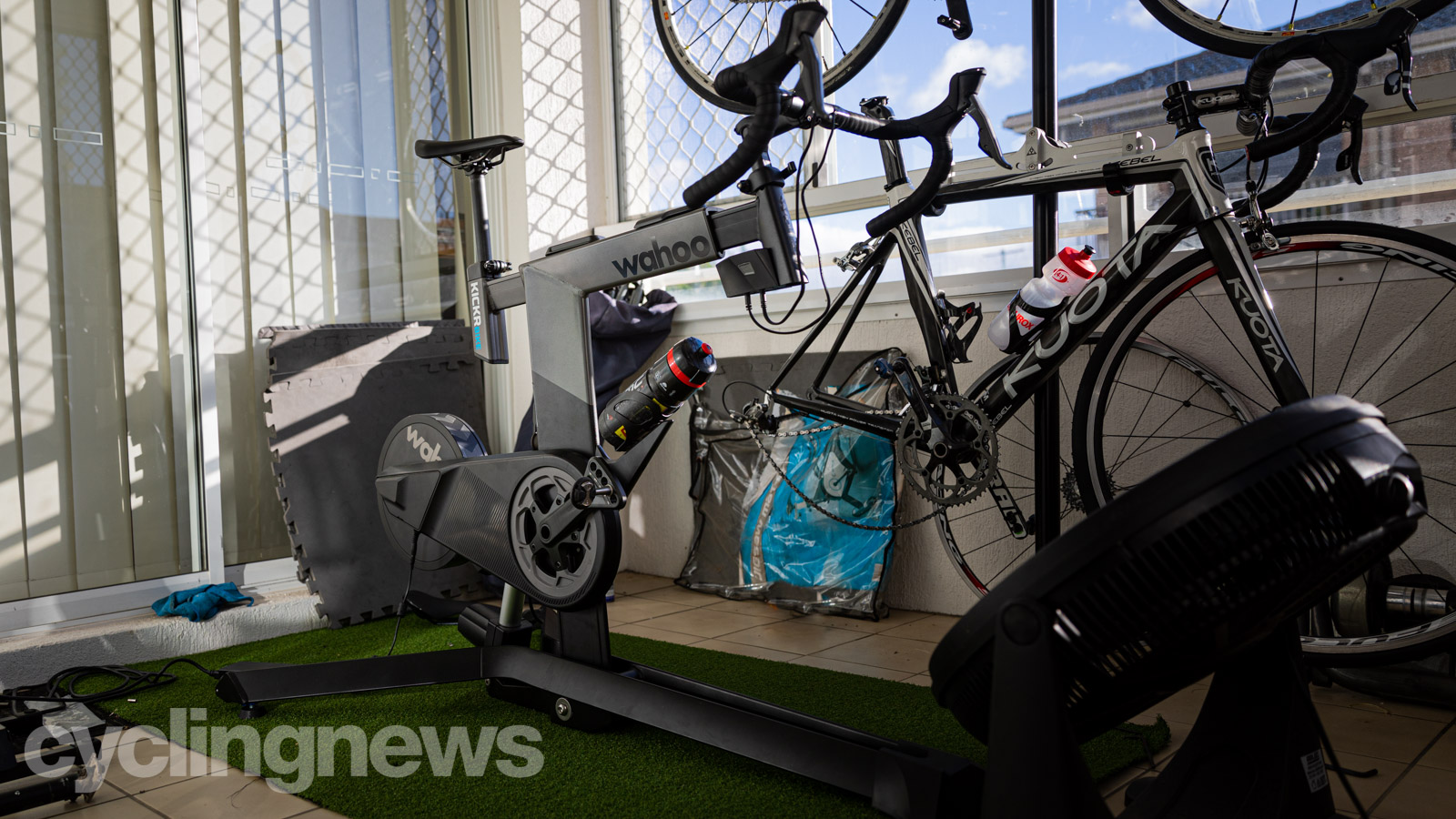

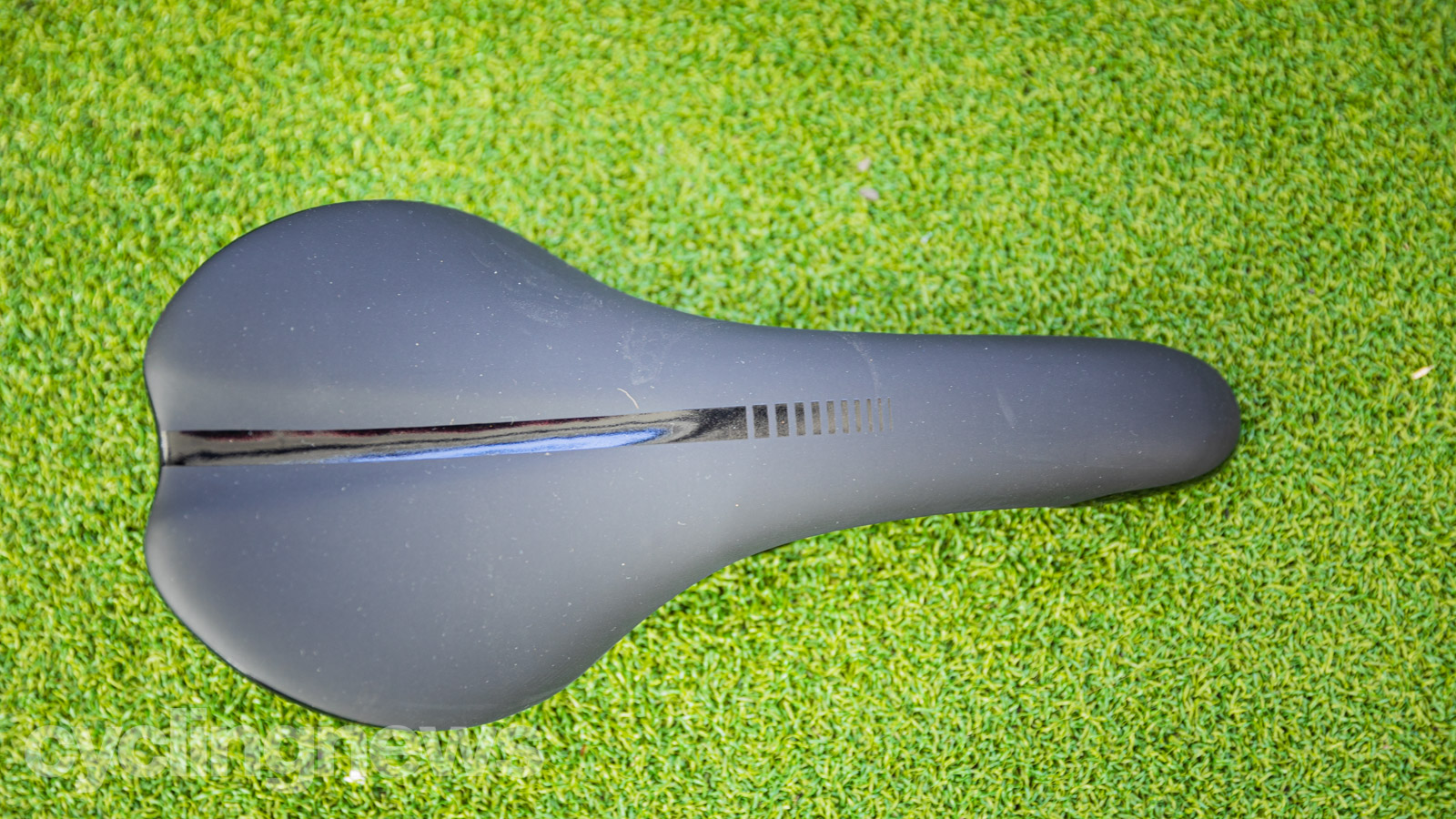
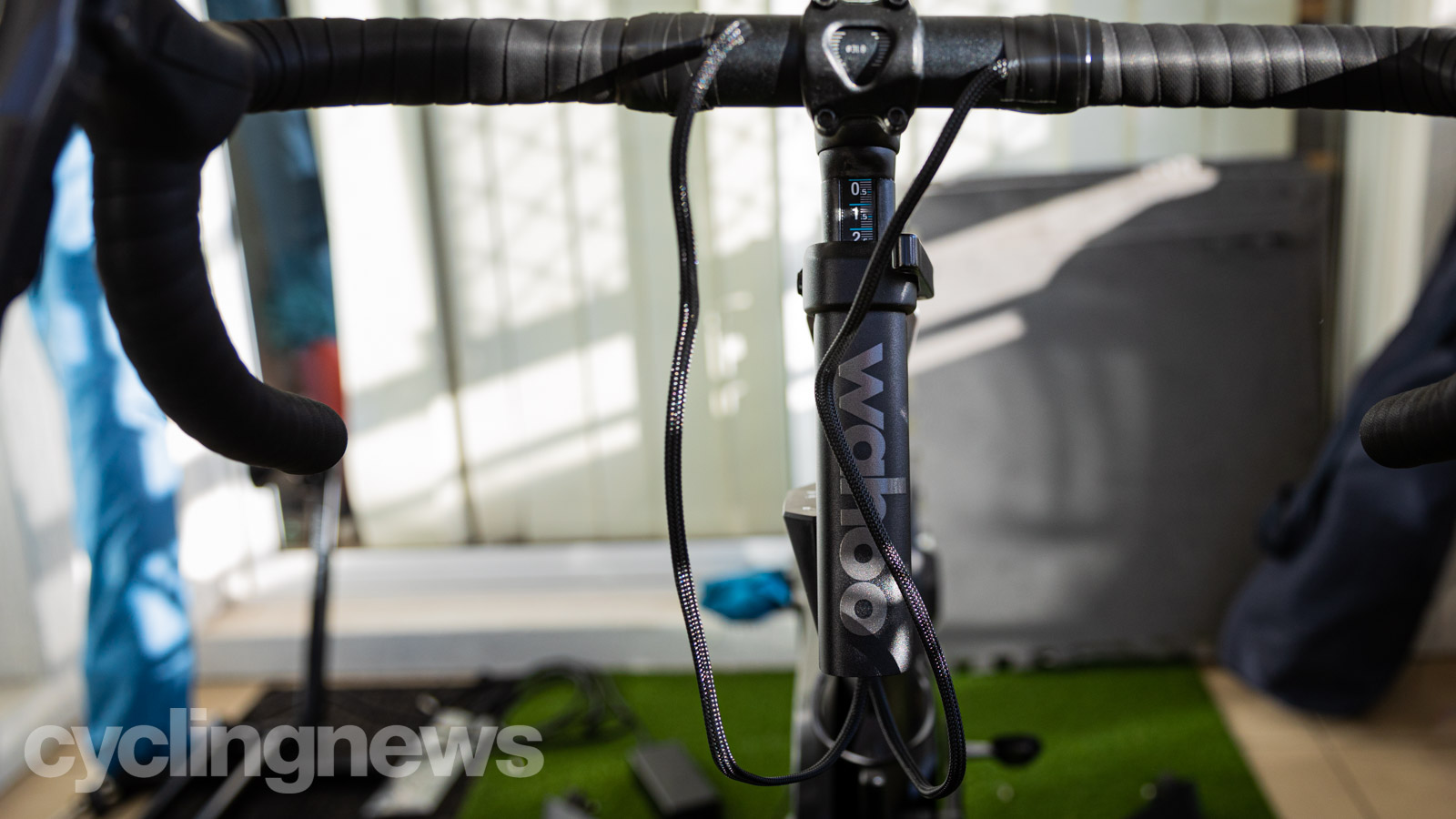
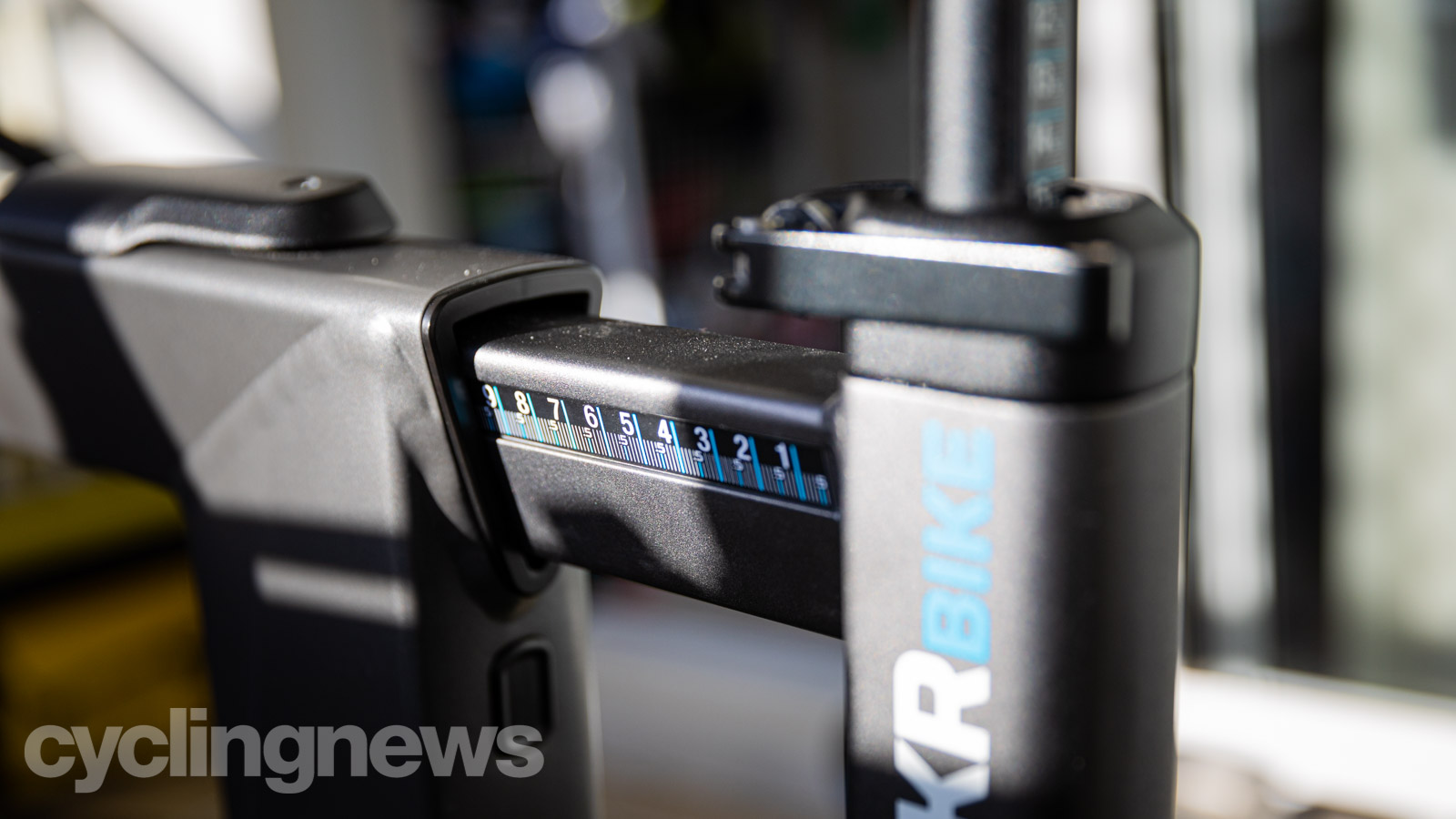
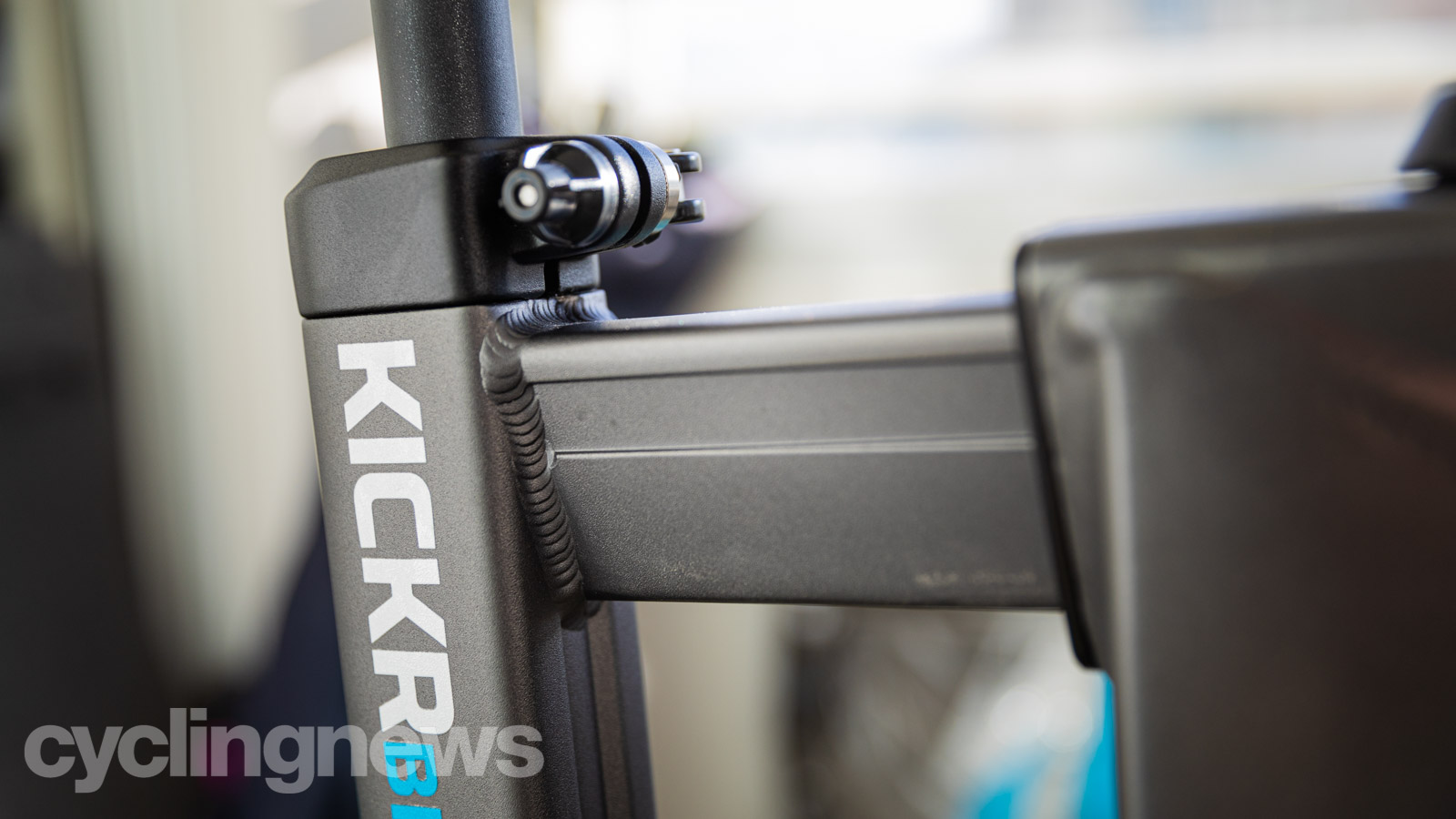
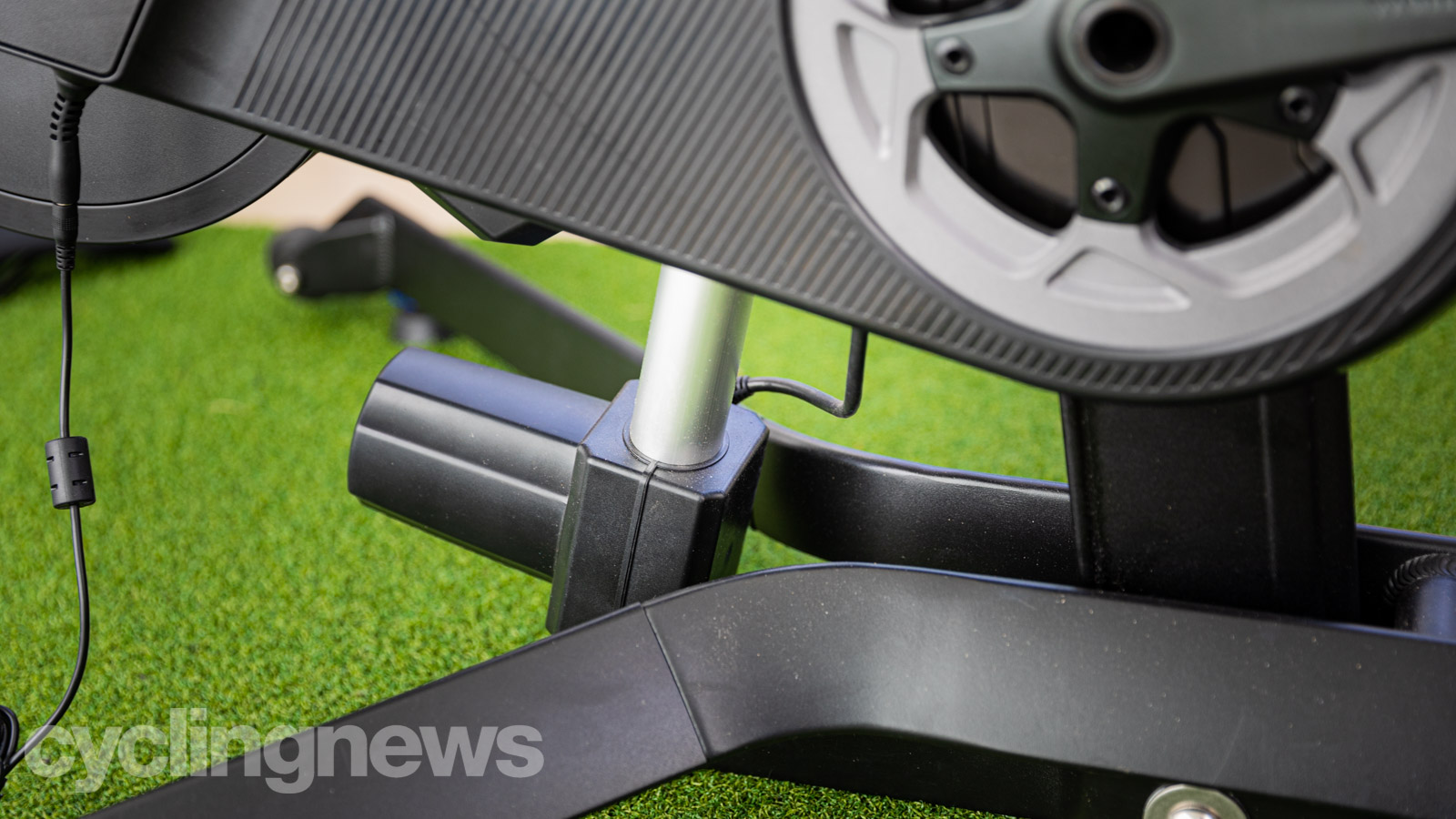
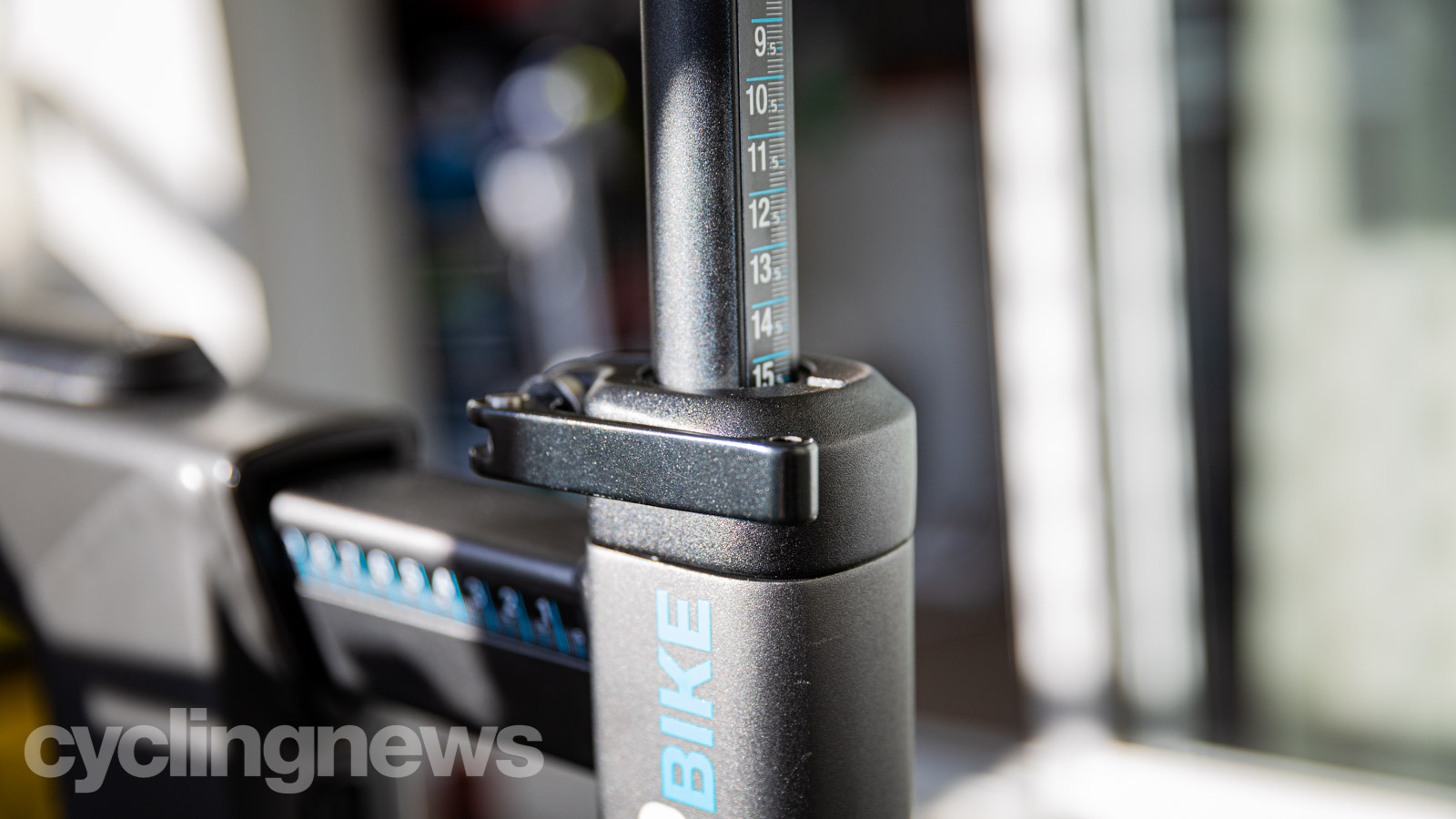
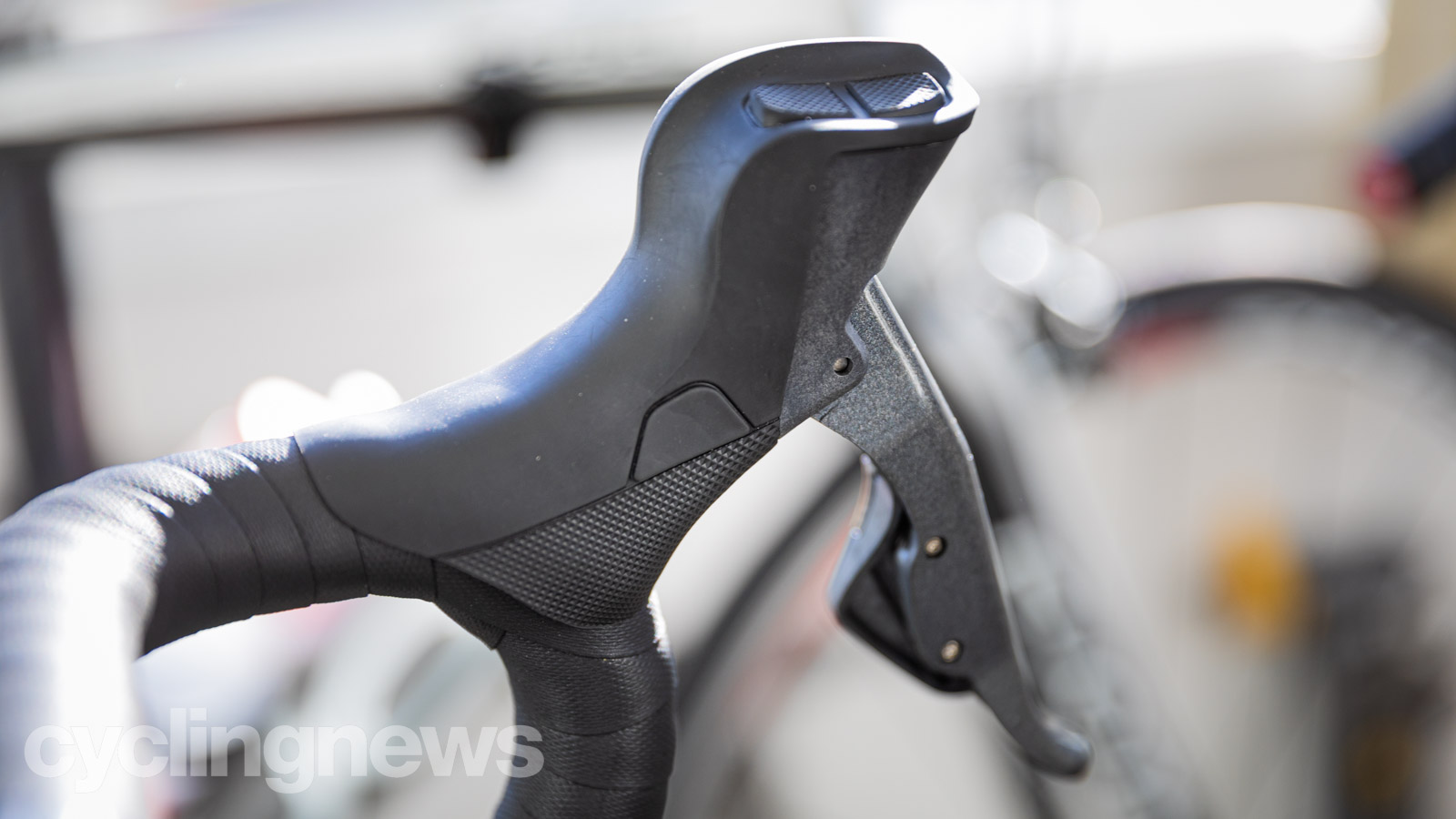
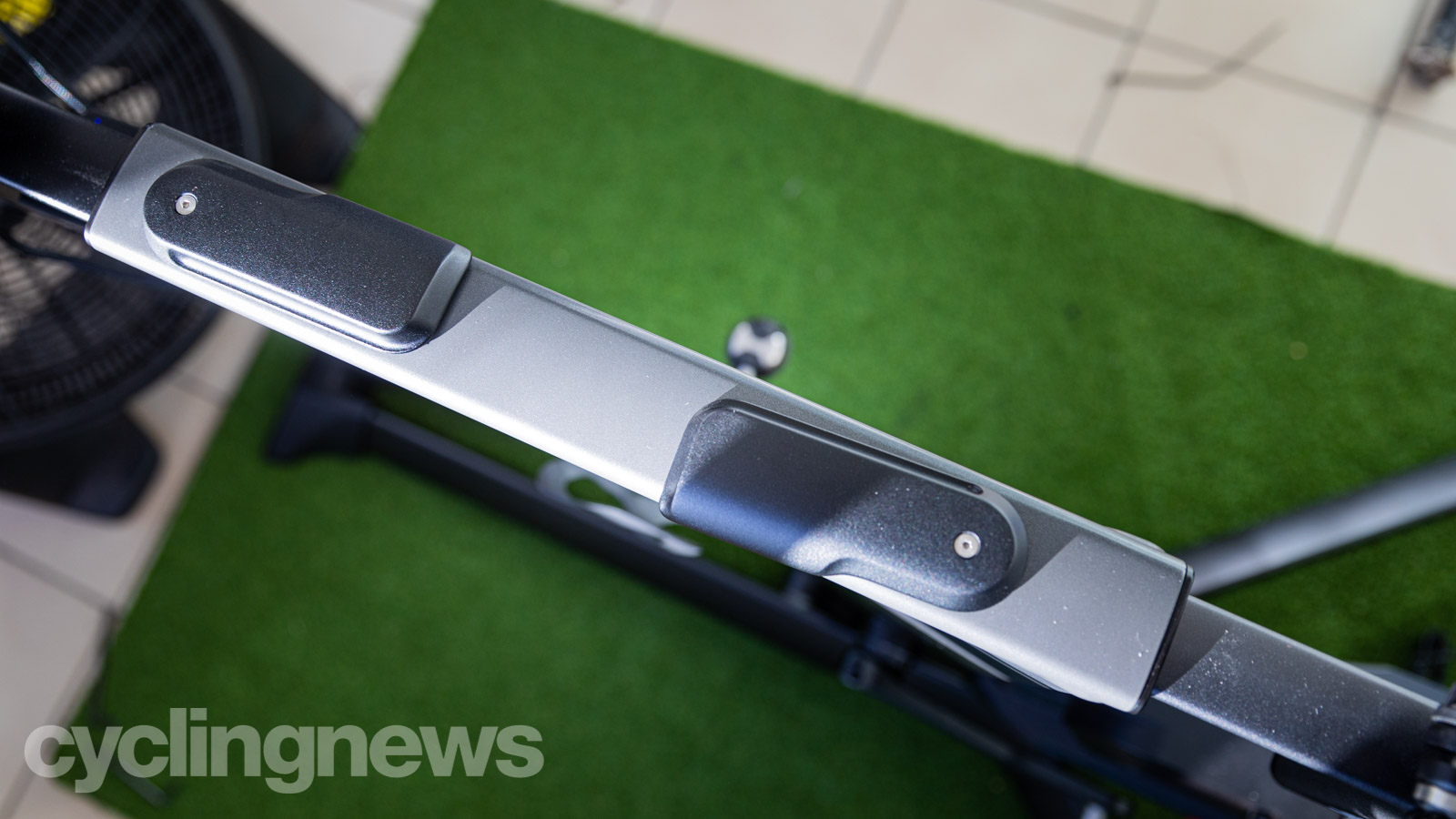
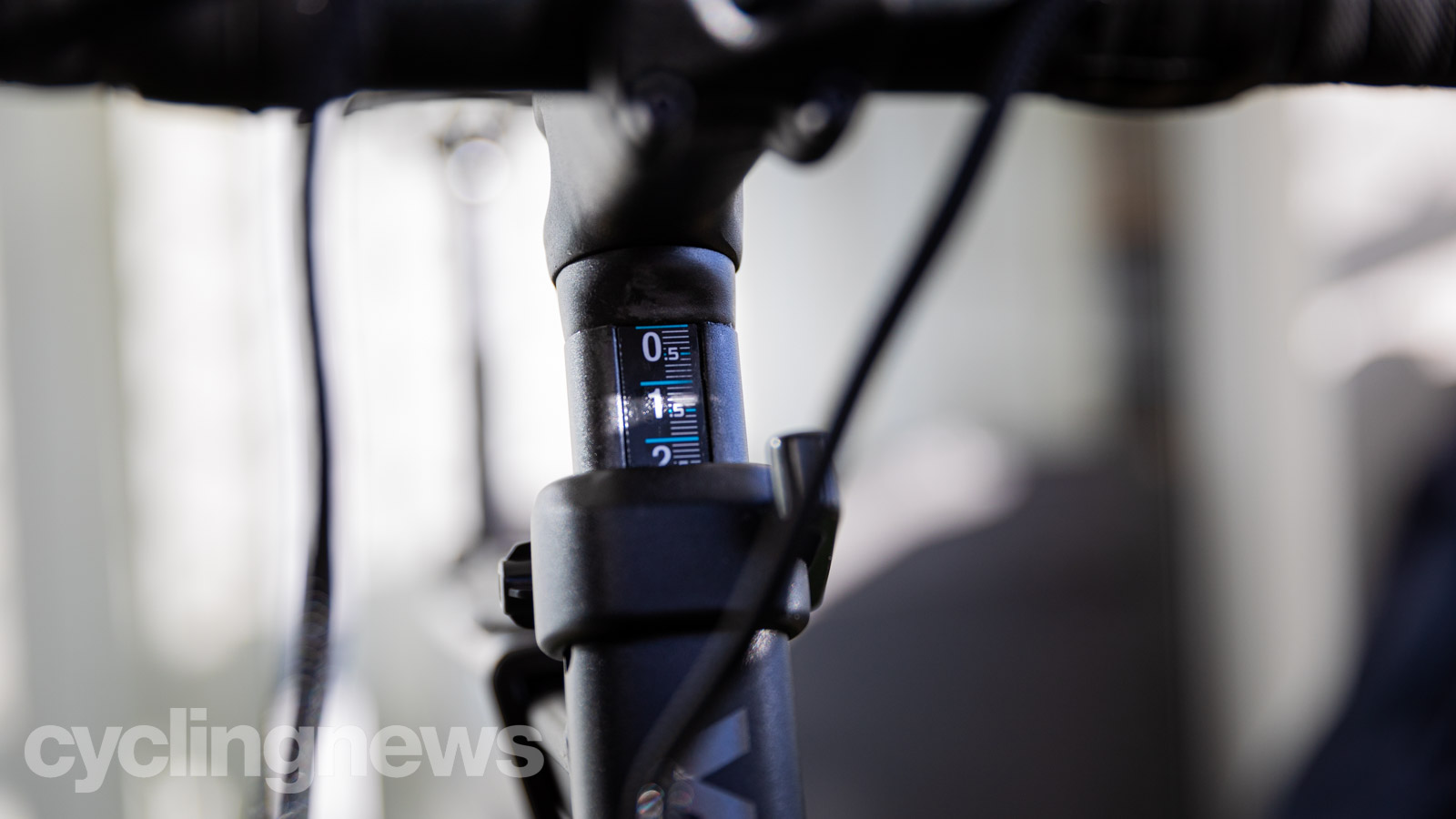
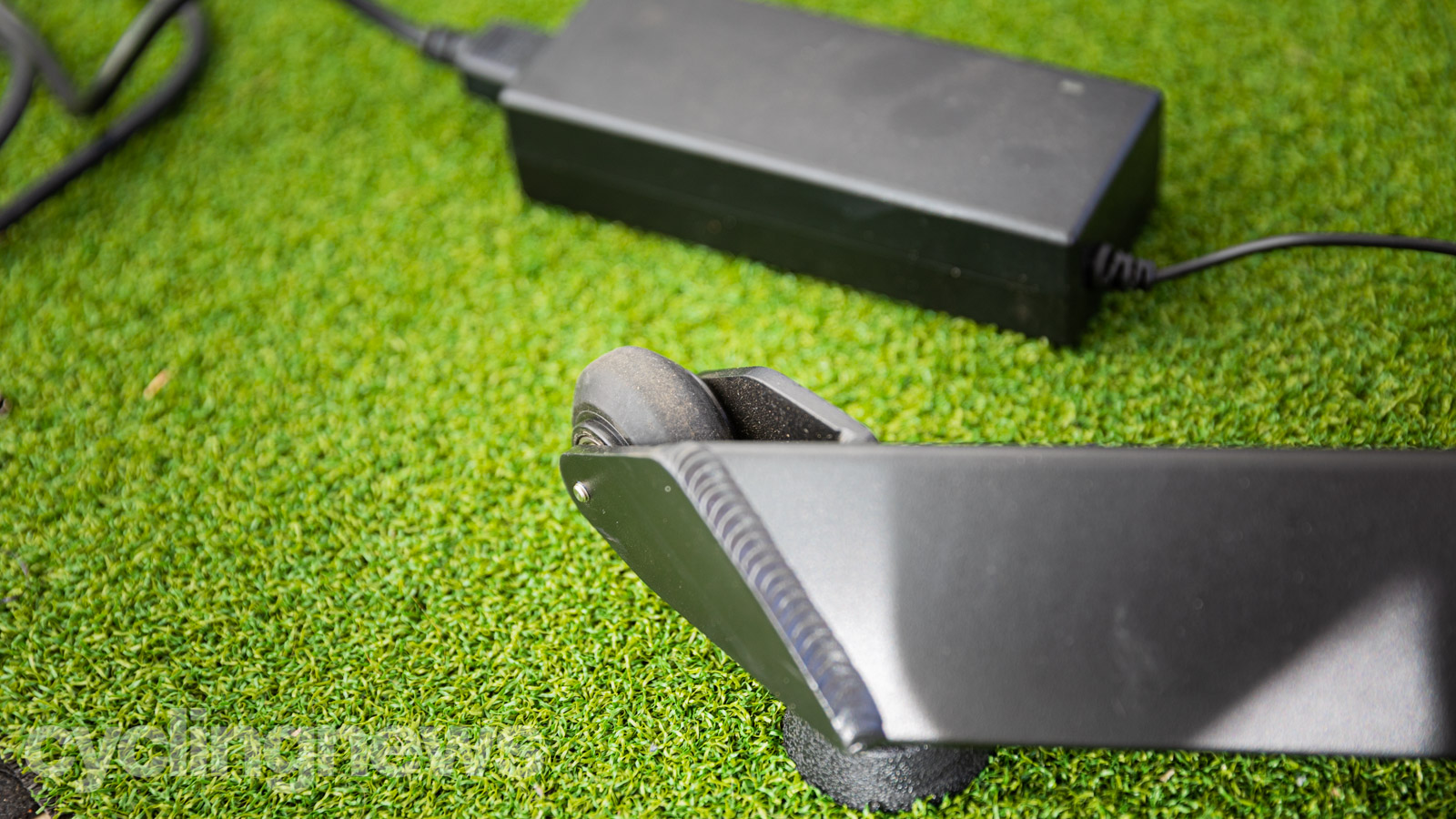
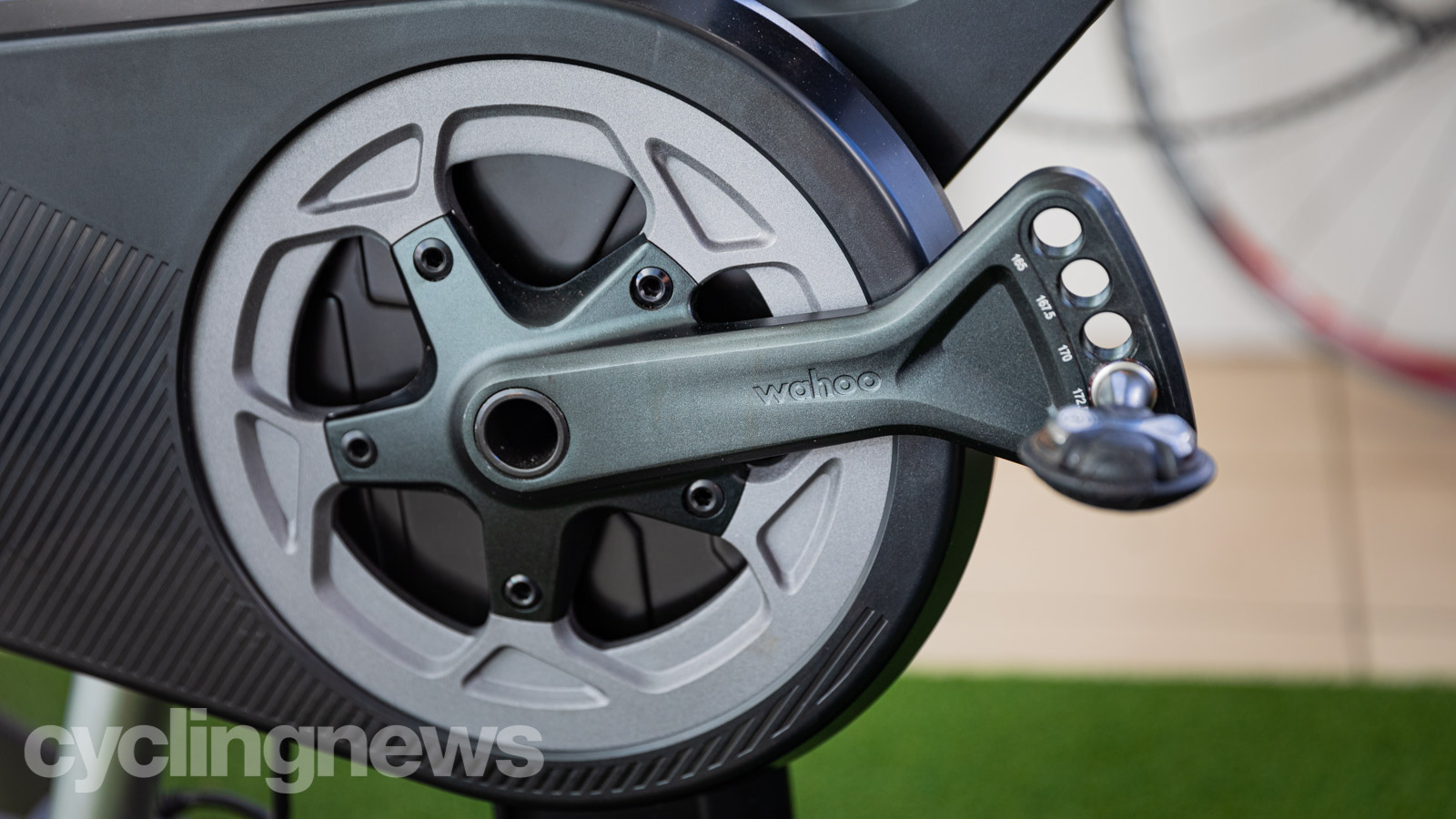
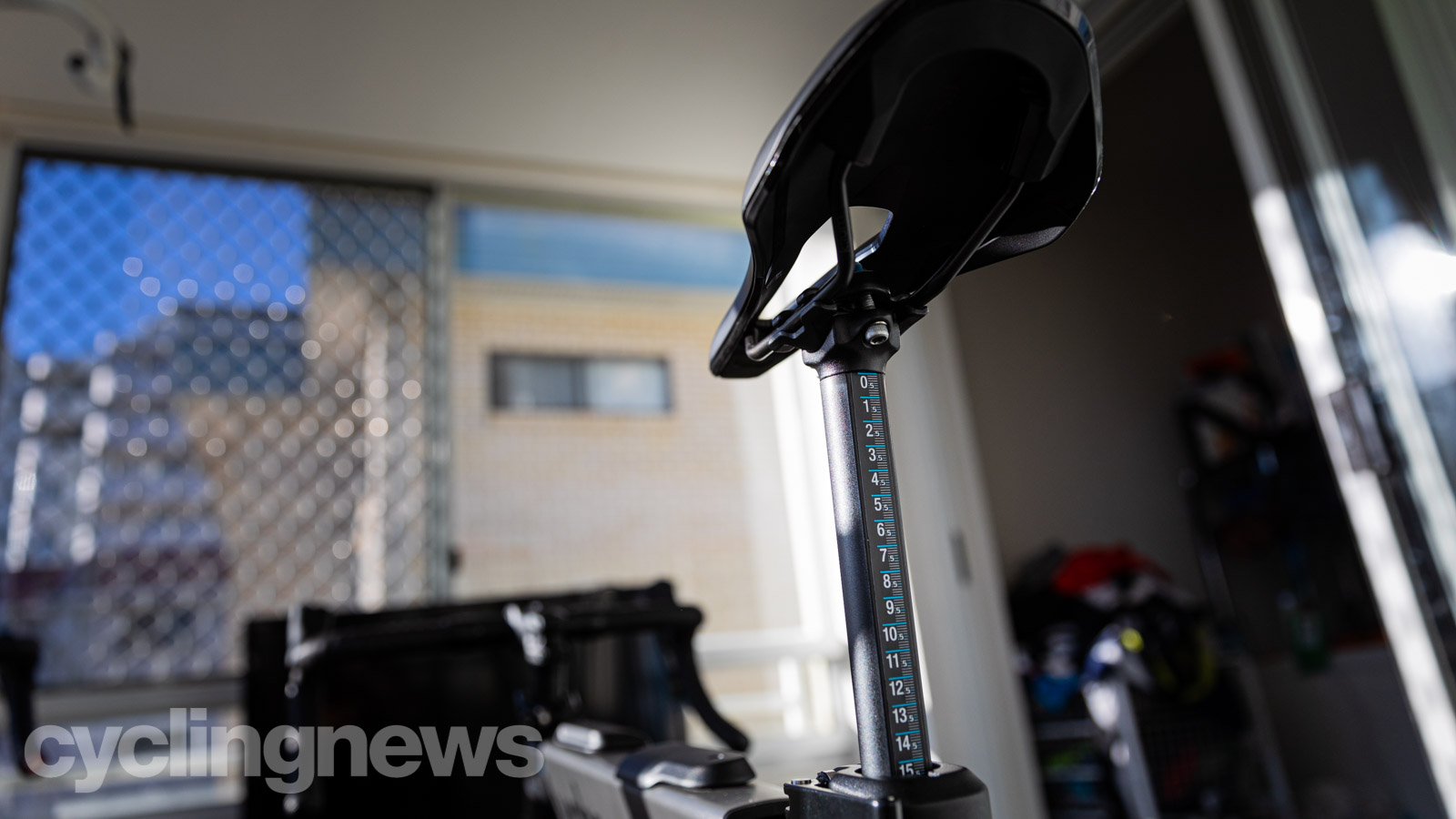
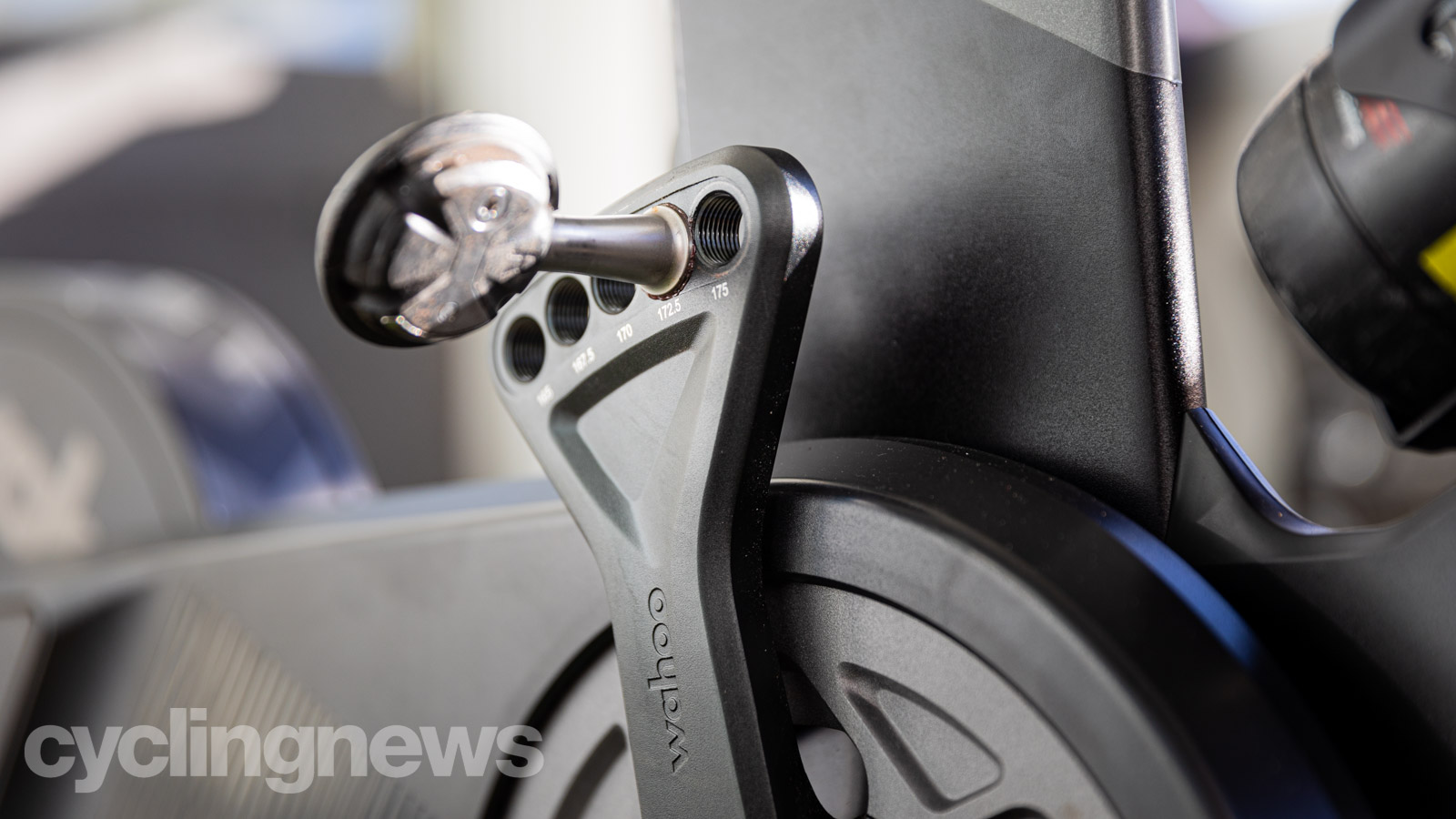
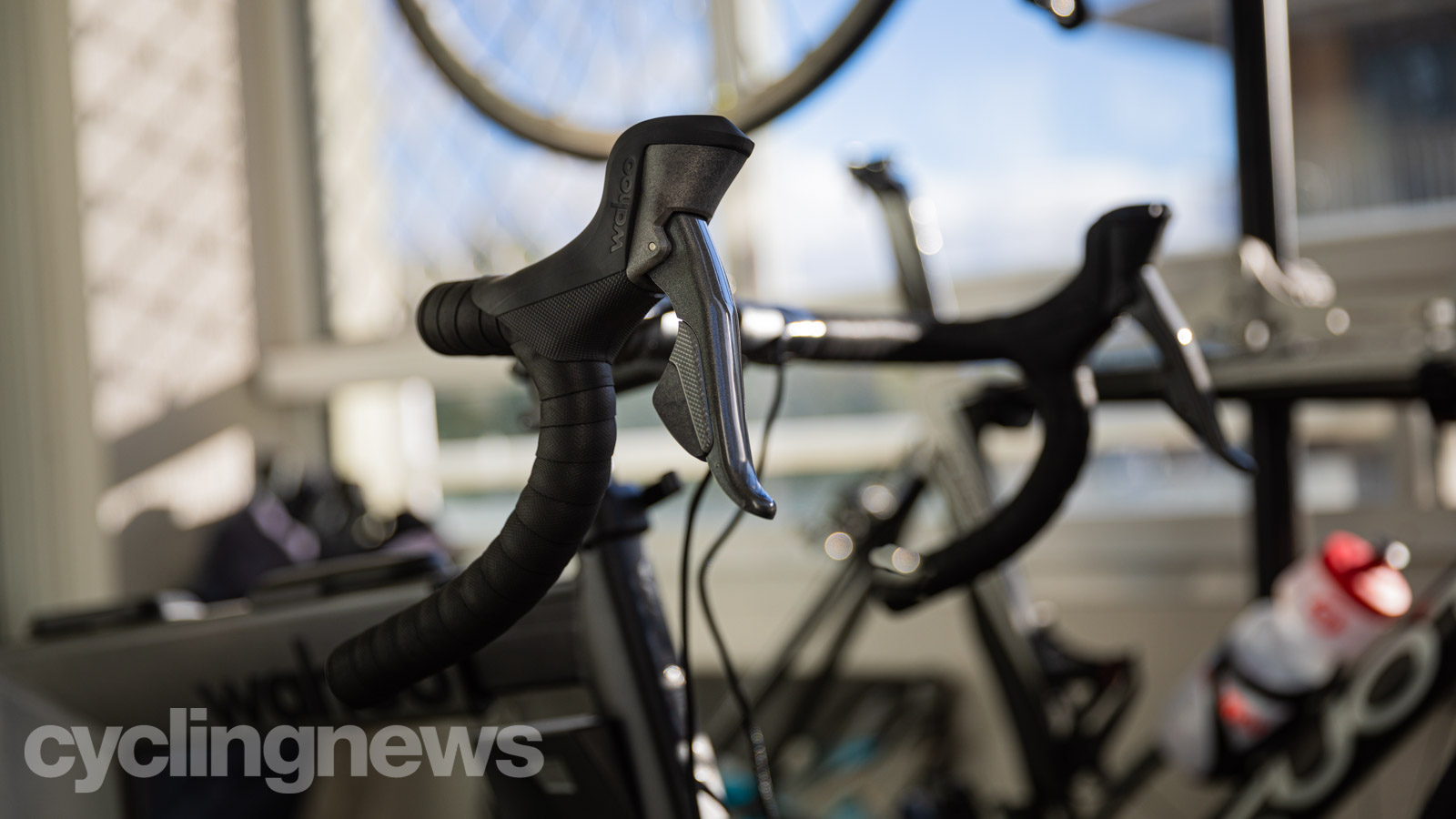
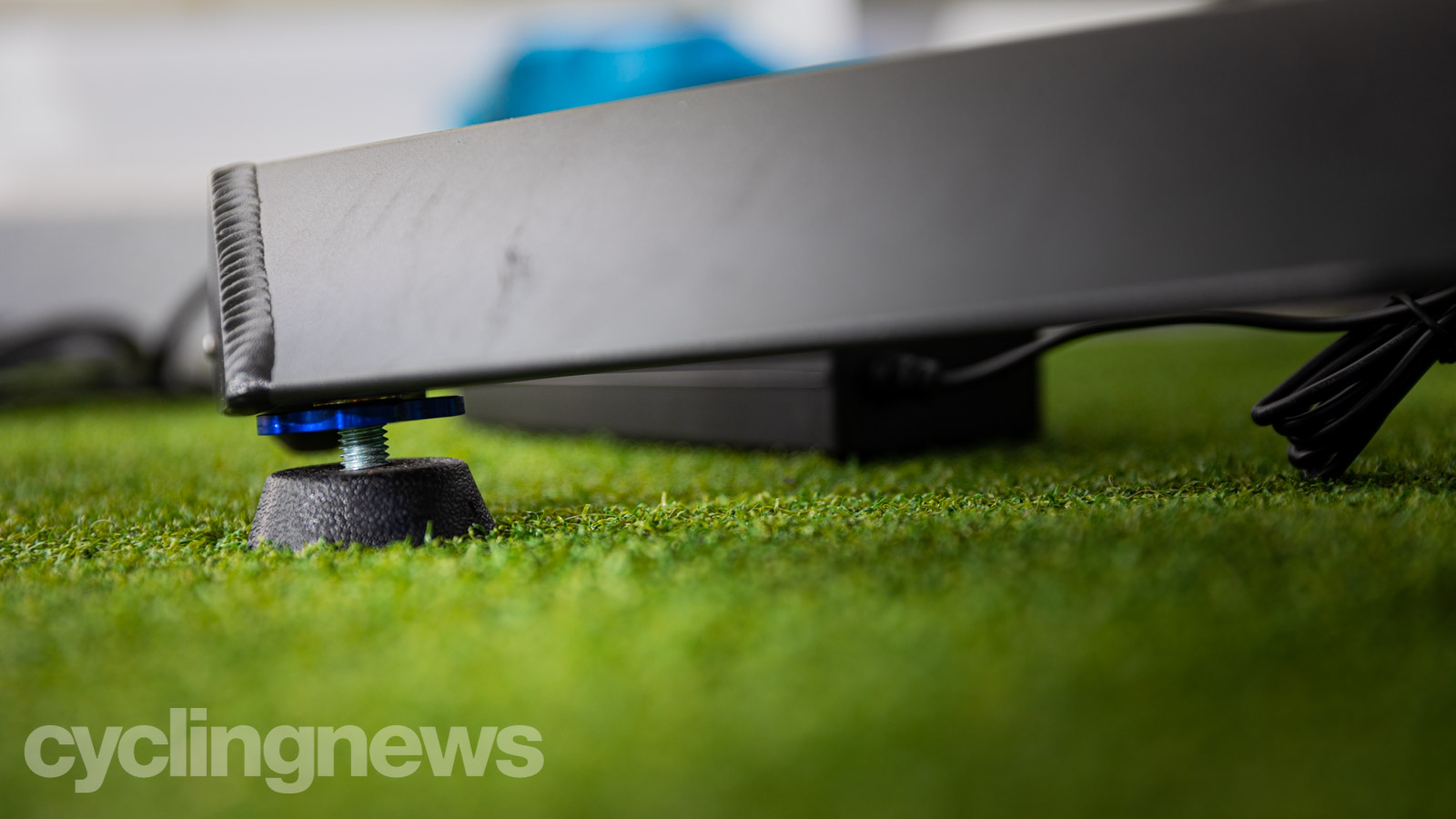
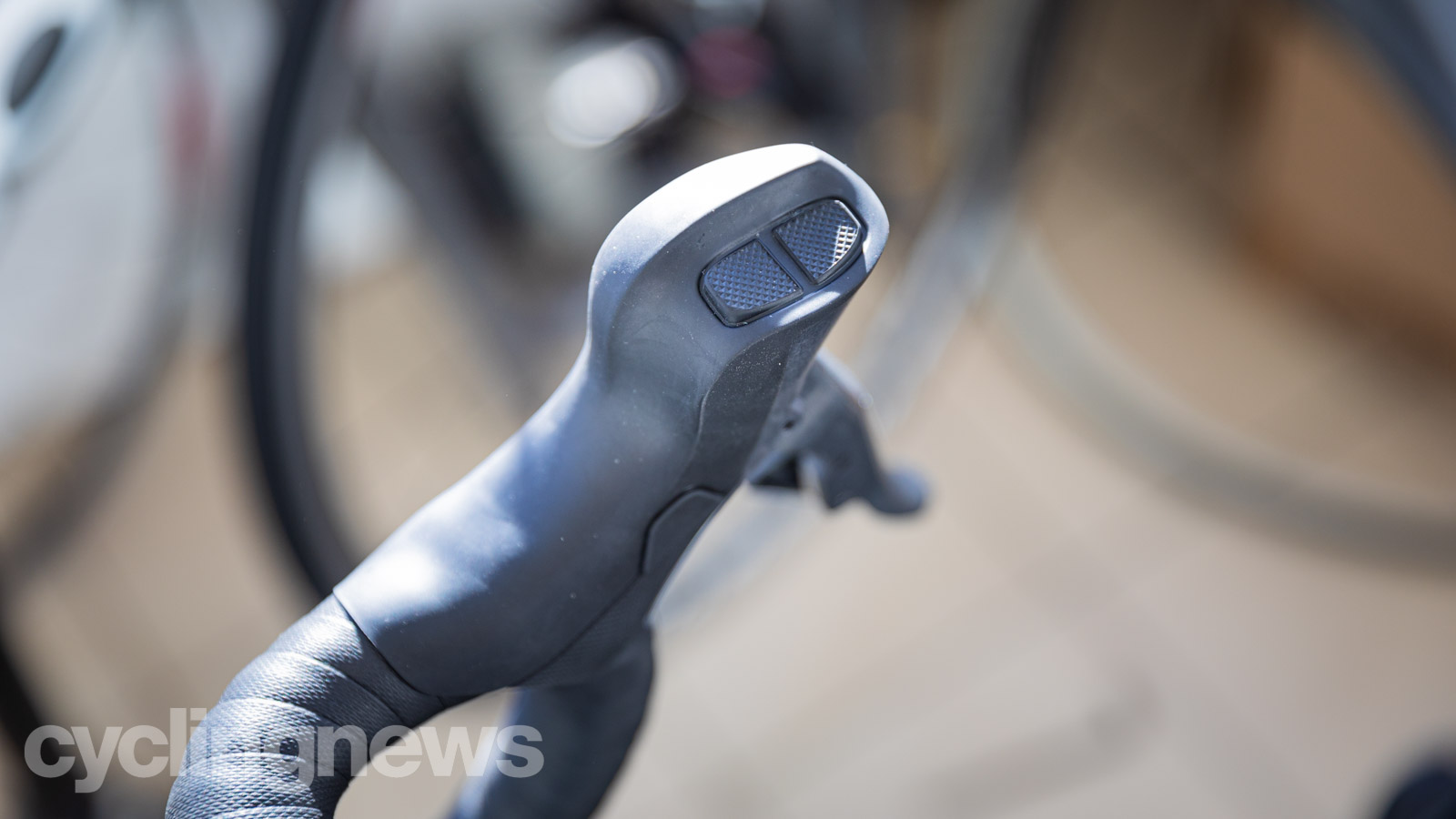
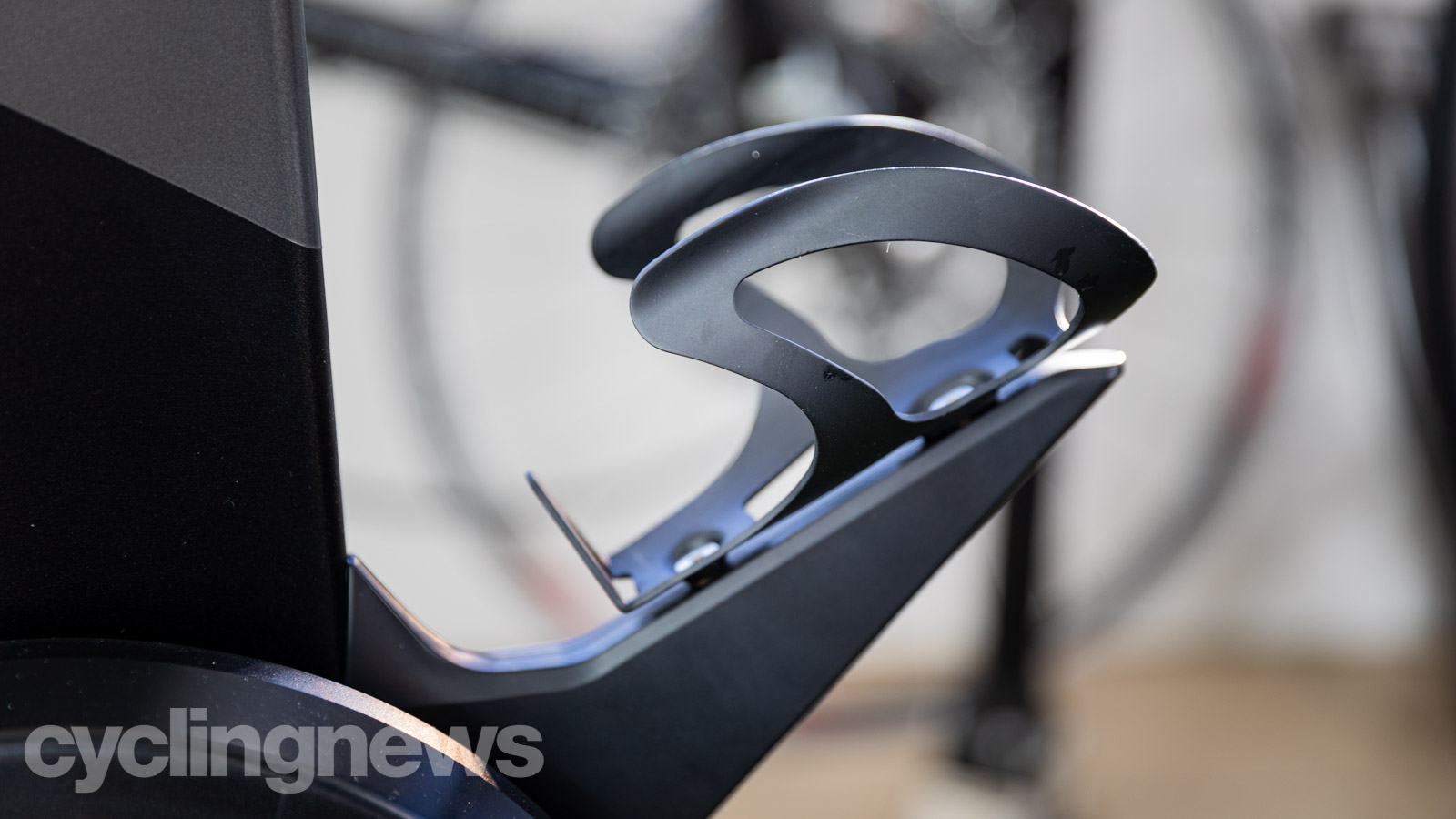
Design and aesthetics
As a rule, Wahoo’s trainers seem to follow the function over form design philosophy; every feature is designed for usability rather than looks. The area of the Kickr Bike that exemplifies this the most, are the crank arms. Rather than having a flip-chip or similar system that maintains the standard look of the crank arm but requires some faffing, Wahoo has opted to have five holes each corresponding to a different crank length.
Even though the Kickr Bike looks a bit industrial to my eyes, of all the smart bikes on the market, it the most bike-like in terms of form; complete with a top tube, standard bar and stem and shifters that cut a similar silhouette to SRAM hydro levers but see Di2 shift buttons behind the blade of the brake lever.
Through the Wahoo app, you can customize the shifting layout to suit SRAM, Shimano or Campagnolo, and there are buttons on the top of the hoods; one set controls the incline, and the others don’t have a function for the time being, but are ready and waiting for new features from training apps.

No training app at the moment has braking integrated, but when you grab a handful of the levers, the resistance unit cranks up to slow the flywheel down - just like in the real world. If you pedal against your brakes it requires more force but with most of the indoor cycling apps such as Zwift not having a braking function integrated yet, as your wattage increases your avatar actually speeds up. I found this particularly useful if you attack in a Zwift race, as you get a quick and controllable spike of resistance that comes on much faster than if you're shifting.
The brain of the bike is located under the top tube and consists of a small LED display which shows your current gearing and gradient; this is also where you find the plugs for the shifters and a USB port. This is great because there is nothing to block your view or the airflow from your fan, but the trouble is it's not easy to see and is there is nowhere to store your phone or snacks.
Of course, this can be solved with a table, chair desk or something such as the Saris TD1 trainer desk — my solution is to strap my phone to the stem with a Voile ski strap.
The unit's base forms a sort of ‘flying V’ underneath you and sees levelling feet and roller wheels. Regardless of the pitch, the bike is appreciably stable. There is a slight wobble which seems to emanate from the pivot point in the gradient control. Just riding along, you won’t be able to feel it, the minor rocking only becomes apparent when you are really giving it the dickens in a sprint or plop back down on the seat, exhausted after a big effort.
The final piece of the puzzle is that you’ll need mains power as the bike doesn’t power itself like the Tacx Neo bike. This really isn’t a knock against the Kickr Bike because, at 43kg / 95lbs, it’s not like you’re going to take it to a race as your warm-up option.
Set up
My review unit was used as a hands-on display at the Tour Down Under and various events earlier in the year, so it wasn’t delivered to me in the factory packing, so my set up experience might vary slightly from a consumer.
The bike did arrive in pieces, however, and the build process took maybe 20 minutes. The legs at the back of the 'V' slide right on but the bolts are located on the underside and in a tight spot. With that, the bike needs to be tipped slightly to prevent the bolt binding, if you have a hex ratchet (that’s not a torque wrench), I would recommend using it here.
One of the reasons I have been wary of smart bikes comes down to bike setup because, if you don’t get it right, your training may suffer. For example, only a few degrees change in your hip angle on the bike can affect how and when glutes fire through your pedal stroke, and cause you to train slightly different muscle groups.
Wahoo provides three ways to set the bike up; entering data from a professional bike fit (Guru, Retul, or Trek) bike fit, taking a photo of a bike that fits, or based on measurements from your body.

I opted to take a photo of my personal bike and see how the app fared. It took me two tries; the first time, the numbers the app spat out were for a person with short stumpy legs and a torso a mile longer than mine. I will put this down to user error because a second attempt generated numbers that were in the ballpark; the only major miss was the saddle height — a few extra minutes with a tape measure made the Kickr Bike millimeter perfect. Every adjustment is made via a quick release, and each component has easy-to-read hashed markings. One of the things trainer brands have been telling us is that this ease of adjustability makes the smart bike ideal for multi-user households, but I'm not so sure. It's a quick and easy process, but is it faster than swapping a bike onto a direct-drive trainer? Probably not. If only one person has a road bike, but others in the house want to take advantage, then the Kickr Bike starts to make a bit more sense.
Wahoo utilizes standard touch points on the Kickr Bike, so if you don’t like the saddle or bars, you can swap them for some that you do. The saddle is pretty basic and relatively neutral in shape but didn’t get along with my posterior, so I swapped it for my preferred Fizik Vento Argo. The stock bars are 42cm wide, and I would include a roll of bar tape in the cost of purchase because the factory-fitted tape is paper-thin and doesn’t offer much in the way of cushioning.
Ride experience
Once you actually get spinning on the Kickr bike, the ride feel is fantastic. The 5.9kg / 13lbs flywheel creates plenty of inertia that makes accelerations feel like they do in the real world and doesn’t feel as though you're pedalling through thick mud. With up to 2200W of resistance on tap and accuracy to a maximum deviation of only one per cent, the resistance reacts well to small undulations in power regardless of cadence.
Even in ERG mode, the bike is quick to react to changes in cadence, especially when you fall off the wagon and enter the spiral of death. The Kickr Bike will let up a bit so you can get your power back up rather than grinding your legs to a halt like with some trainers.
The Kickr Bike is the first trainer from Wahoo to have a motor which drives the flywheel even when you stop pedalling. This allows for more realistic coasting and descending; shining through on descents in Zwift that are steep enough for your avatar to enter the super tuck. Not only can you stop pedalling and gain speed in the game, depending on the hill, to catch your breath when you pick up again, but you also don’t have to spin the trainer back up to speed because the flywheel is still rolling.
Wahoo has absolutely nailed the shifting, not only in the lever ergonomics but also the feel through the bike. The magnetic resistance unit controls all of the changes, so there is no actual gear changing under the hood, but when you hit the lever, the swap is instant — Wahoo has even programmed a slight clunk in to add to the realism.

The Kickr bike also sees an integrated Kickr Climb, which can simulate up to a 20 per cent grade up, and -15 per cent down — depending on your fit. This can be controlled manually using the buttons on the top of the shifters, or the bike can be unlocked with a button near the gear indicators, allowing the training app of your choice to take control. With the app running things, the bike smoothly tilts along with what you see on screen. If you are riding through an undulating section, there is a half-second delay in the tilt, but the bike transitions smoothly through the grades. Unlike the Kickr Climb, where the bike hinges from the back, the Kickr Bike pivots right at the centre and feels slightly more realistic to me.
The resistance unit does make a bit of noise as your pedal along with a slight ‘whir’ that goes up and down in frequency and volume as the speed of the flywheel changes. This registers about 60dB according to a phone app. I should note that I cannot vouch for the accuracy of this app, but I can say with complete certainty that even at its loudest, it's quieter than your fan.

Verdict
In just one month, my initial opinion of the Kickr Bike has been mostly shattered, and I now understand the appeal. The set up is easy as pie, and from a fit point of view, minimal faffing is required to replicate your position to the millimetre. If you’ve had a fit recently, it’s beyond simple, but even the photo method gives you a good starting point.
The touchpoints are pretty basic and can be swapped with ease. While I did criticise the saddle and bar tape, these are really minor complaints. Given everybody has different preferences for their touchpoints, for Wahoo to spec something more expensive that you won’t like and will probably swap anyway, is just wasted money.
As far as trainers go, it’s quiet, the ride feel is one of the most natural I’ve experienced to date and the gradient changes make the whole experience of riding indoors so much more engaging.
The biggest complaint that I have with the Kickr Bike is the lack of storage space; it’s all well and good to have a built-in USB port to charge your phone, but I shouldn’t need a ski strap, or extra mount to hold it — especially given these are included on other smart bikes like the Tacx Neo Bike and Stages Bike.
The one thing I still can’t get over is the price - the Kickr Bike retails for $3,500 / £2,700 / AU$6,000. Despite how much I have enjoyed riding the Wahoo Kickr Bike, I do struggle to justify the cost. To put things into perspective you can buy two Kickrs and matching Kickr Climbs, at full retail for the same price. There is a lot to like about the Kickr bike and the new magnetic resistance unit is superior to the one on the standard Kickr, the ride feel is fantastic and everything works smoothly.
Tech spec: Wahoo Kickr Bike
- Unit weight: 93lbs / 42kg
- Flywheel weight: 13lbs / 5.9kg
- Connectivity: ANT+, Bluetooth LE
- Accuracy: +/- 1 per cent
- Max power: 2200-watts
- Max grade simulation: +20 per cent / -15 per cent
- Weight limit: 114kg
Based on the Gold Coast of Australia, Colin has written tech content for cycling publication for a decade. With hundreds of buyer's guides, reviews and how-tos published in Bike Radar, Cyclingnews, Bike Perfect and Cycling Weekly, as well as in numerous publications dedicated to his other passion, skiing.
Colin was a key contributor to Cyclingnews between 2019 and 2021, during which time he helped build the site's tech coverage from the ground up. Nowadays he works full-time as the news and content editor of Flow MTB magazine.
